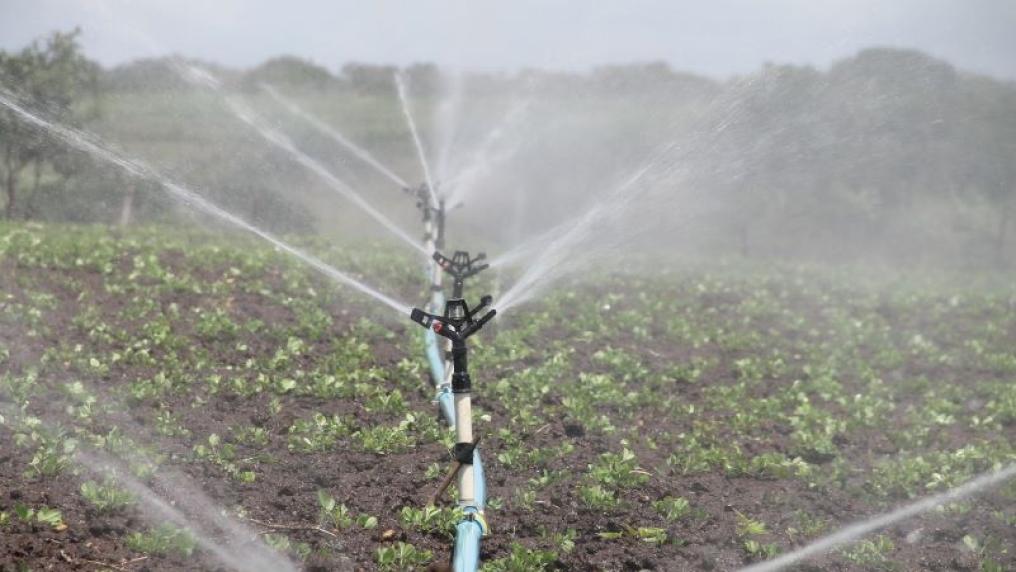Australia’s water footprint study shows agricultural exports cost more than they’re worth

Victoria University research on Australia’s ‘water footprint’ has found the country loses about 35,000 gigalitres of freshwater a year in ‘virtual water’ embedded in its agricultural exports.
That amount is roughly the equivalent of all Australia’s stored reservoir water.
Dr Muhammad Tariq, one of the report’s researchers, said measuring a country’s water with the relatively new concept of water footprints, is important for developing well-informed national policy.
It is especially vital in Australia, the world’s driest populated continent, and its volatile water resources.
The study published recently in Applied Sciences, calculates water footprints for several of Australia’s water-intensive agricultural exports, including cotton, rice, sugar cane, and wine grapes.
The study derived a water footprint for each product by examining rainfall data, geographic features of growing regions, trade data, and most significantly, the cost of the total water to process a product until export – including packaging and shipping.
It suggests Australia has one of the highest negative balances of virtual water in a hidden trade imbalance, because the water footprint for agricultural exports is 20 times greater than total agricultural imports.
The study found about 65% of Australia’s agricultural products are exported for a relatively low economic benefit, when the cost of the water to produce them is factored in.
Despite agricultural exports accounting for about 60% of Australia’s total water consumption, and covering 58% the country's land mass, agricultural products are not among Australia’s top five exports.
The analysis found sheep meat, which uses minimal or low water to export, had the most efficient water footprint, and water-dependent rice, the worst.
The study also showed the export of wine-production grapes yielded the highest economic value due to its relatively high selling price and low water consumption. It suggested wine grapes could be produced in regions not yet producing the crop, in particular, the Northern Territory.
“The study clearly indicates a need for strategic consideration of Australia’s water value in exports, and an analysis of the highest-efficiency crops in the right regions,” he said.
It also recommends a vulnerability analysis of Australia’s water security and its virtual water trade to account for the indirect exports of huge volumes of freshwater every year from agricultural exports.
Further information
The study, 'Identification of Major Inefficient Water Consumption Areas Considering Water Consumption, Efficiencies, and Footprints in Australia', was published in Applied Sciences, a Q1 journal as ranked by Scimago.
Dr Muhammad Tariq is an Adjunct Associate Professor in Victoria University’s College of Sport, Health and Engineering.
The report was co-authored by Dr Nitin Muttil and two of Dr Tariq’s final-year Bachelor of Civil Engineering students, Riley Damnics and Zohreh Rajabi.



